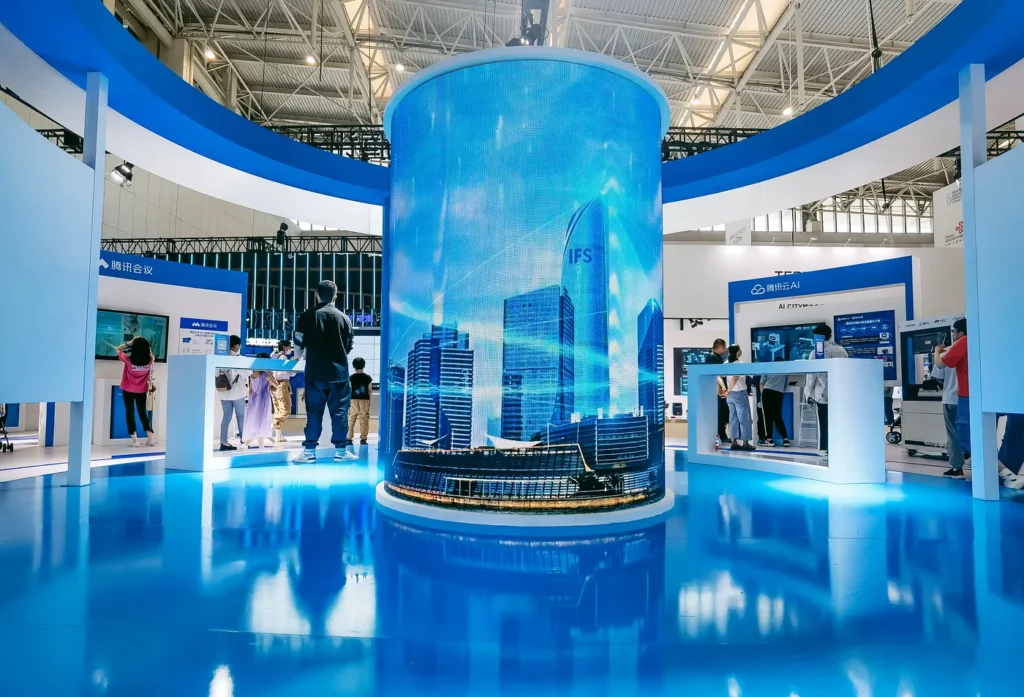Top 10 Lead Capture Apps for Exhibitions / Trade…
Top 10 Lead Capture Apps for Exhibitions / Trade Shows In the dynamic…
Virtual exhibitions have become increasingly popular in recent years, providing a digital alternative to traditional physical exhibitions. While they offer various advantages and opportunities, it is important to acknowledge the constraints associated with this format. This article aims to explore the limitations of virtual exhibitions, highlighting the challenges and considerations that organizers and participants should bear in mind.

Virtual exhibitions suffer from a significant drawback, namely the lack of physical presence. In contrast to traditional exhibitions, participants are unable to physically engage with displays, artworks, or products. As a result, the absence of tactile interaction and firsthand experience can diminish the overall sensory and immersive encounter for attendees.
This exhibitions frequently face challenges when it comes to reproducing the natural and unplanned social interactions that are commonly encountered in physical events. The lack of direct, in-person communication can hinder opportunities for networking, impede meaningful discussions, and limit the formation of personal connections between exhibitors and visitors. Although real-time interactions facilitated by virtual platforms can partially address this issue, they may not fully capture the depth and richness of face-to-face conversations.
The effectiveness of virtual exhibitions relies significantly on the technological infrastructure in place and the level of accessibility provided. Factors such as bandwidth limitations, technical issues, and compatibility problems can hinder the seamless operation of virtual platforms. Moreover, it’s important to consider that not everyone has access to the necessary technology or reliable internet connections, which consequently excludes certain segments of the population from fully engaging in these exhibitions.
Virtual exhibitions mainly rely on visual and auditory cues, often disregarding other sensory aspects such as touch, smell, or taste. In particular, exhibitions focused on art or historical artifacts heavily rely on multi-sensory experiences that cannot be completely recreated in virtual environments. This constraint can affect the overall impact and emotional connection between the exhibits and the visitors.
Top 10 Lead Capture Apps for Exhibitions / Trade Shows In the dynamic…
What is Lead Capture? Transitioning from Traditional to Modern Practices Lead capture, in…
Every Visitor is facing this problem at Exhibitions Introduction: The Expo Puzzle Ever…
Copyright © Dedikh Technologies Pvt. Ltd. All Rights Reserved.